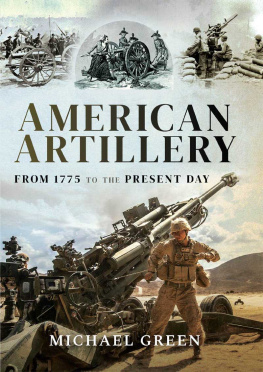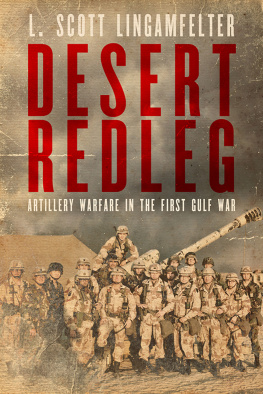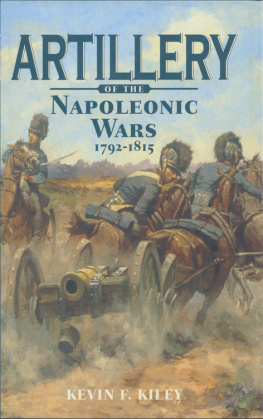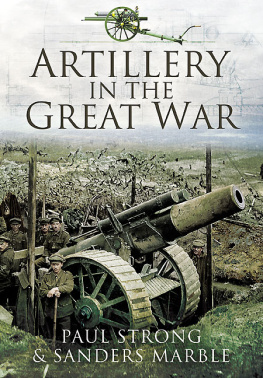BIG GUNS BRAVE MEN
BIG GUNS
MOBILE ARTILLERY OBSERVERS
BRAVE MEN
AND THE BATTLE FOR OKINAWA
RODNEY EARL WALTON
NAVAL INSTITUTE PRESS
ANNAPOLIS, MARYLAND
N AVAL I NSTITUTE P RESS
291 Wood Road
Annapolis, MD 21402
2013 by Rodney Earl Walton
All rights reserved. No part of this book may be reproduced or utilized in any form or by any means, electronic or mechanical, including photocopying and recording, or by any information storage and retrieval system, without permission in writing from the publisher.
Library of Congress Cataloging-in-Publication Data
Walton, Rodney Earl.
Big guns, brave men: mobile artillery observers and the battle for Okinawa / Rodney Earl Walton.
pages cm
Includes bibliographical references and index.
ISBN 978-1-61251-130-6 (hardcover: alk. paper) ISBN 978-1-61251-131-3 (e-book) 1. World War, 19391945CampaignsJapanOkinawa Island. 2. World War, 19391945Artillery operations, American. 3. United States. ArmyArtilleryHistory20th century. 4. ArtillerymenUnited StatesHistory20th century. I. Title.
D767.99.O45W35 2013
940.54'252294dc23
2012048194
To the members of the U.S. Army artillery forward
observation teams and artillery liaison teams who
made the ultimate sacrifice for their nation during
the battle for Okinawa, AprilJune 1945

CONTENTS

MAPS
CHARTS
Like many historical accounts, this book could not have been written without the assistance of numerous people. Dr. Boyd L. Dastrup, command historian at the U.S. Army Fires Center of Excellence at Fort Sill (Oklahoma), was particularly gracious in providing unpublished manuscripts from the Morris Swett Library at Fort Sill. Dr. Dastrup, a leading authority on the history of artillery, verbally supplemented two of his published accounts with background information on the development of the American artillery forward observer during the period between World War I and World War II.
Because it relies largely on oral history, this work could not have been created without the willingness of several World War II veterans to discuss their recollections with me. A list of the veterans can be found at the end of this work. My thanks go out to all of them.
In light of the number of casualties on Okinawa, I felt particularly fortunate to have located a few important sources (including Sheahan, Moynihan, Bollinger, Knutson, Thompson, and Walton) who participated in the entire battle from the beginning to the end. Of these, only Walton received even a minor wound, and he was never out of action. Of course, sources who served only a portion of the campaign also made significant contributions toward my understanding of the battle.
One source important throughout this account is a series of letters written by artillery forward observer Ray D. Walton Jr. (Lieutenant Walton), my father. Only one of the letters was written while the battle of Okinawa was under way, and the information it contains was, for security and censorship reasons, relatively unimportant. Walton, however, prepared another series of letters to members of his family beginning early in 1995 (the fiftieth anniversary of the battle) that recount events before, during, and after the battle. Waltons letters offer a clear view of the human aspects of a forward observers daily life in the field during the Okinawa campaign.
I interviewed Walton on videotape in 1993 following his first return visit to Okinawa. He was interviewed again in June 1995 during his second return visit as part of the commemoration ceremonies. A portion of this second interview, conducted by Associate Professor A. P. Jenkins of the University of the Ryukyus, was published in a predominantly Japanese-language booklet containing memories of the fifteen years during which Japan was engaged in war with China and other nations during the 1930s and 1940s.
Waltons memories of Okinawa are unfortunately incomplete. Other than the April 1, 1945, landings and the April 10, 1945, assault on Kakazu Ridge, he could recollect little of his observation teams role in the seizure of key objectives of the 96th Infantry Division such as Hacksaw (or Sawtooth) Ridge, Conical Hill, the Big Apple, and the Medeera pocket. He was unable to supply dates and locations for the photographs from his collection that are included in this account, although the dryness of the landscape eliminates the period when there were heavy rains (late Mayearly June 1945).
Two important members of Waltons forward observation team, Fred Goebel and George Arnold, were believed to be deceased and therefore could not be interviewed, but I did have access to two of Goebels letters from June 1945. Goebel was an enlisted man who was the second in command of Waltons field observation team for most of the battle. The letters say little about the battle but are significant in that they demonstrate the casualties being taken by the artillerymen of B Battery. The letters also reveal something about the relationship between officers and men in the forward observation teams.
I conducted a lengthy interview with Charles Sheahan, an artillery officer who was from the same artillery battalion as Walton and provided artillery support to the same 381st Infantry Regiment. I also interviewed Donald Burrill, one of Sheahans subordinate observers, concerning his heroic conduct early in the campaign. Charles P. Moynihans interview provides the point of view of an enlisted artilleryman. In addition to Bollinger, I interviewed two other infantrymen from the 2nd Battalion, both from the enlisted ranks.
Two visits to the battlefields of Okinawa, accompanied on both occasions by Walton, contributed details about the battlefield sites. During the first visit, in 1993, we were privileged to have as our guide Ms. Setsuko Inafuku, a native Okinawan who had survived the battle as an infant. Because there is still a large contingent of Marines on Okinawa, this guide normally focused her tours on the areas where the Marines fought, but she was kind enough to take us to some of the areas where the Army fought as well.
A second trip, in 1995, on the fiftieth anniversary of the battle, focused on areas where the 96th Division had fought. This included a visit to the nearby island of Ie Shima, where the 77th Division fought and where the famous newspaper correspondent Ernie Pyle died. The tour was sponsored by Valor Tours and guided by U.S. servicemen stationed on the island of Okinawa. I particularly want to thank Donald Dencker, a 96th Division veteran of the battle and later the author of an infantrymans memoir of the battle.
Several members of the 1995 tour group were veterans of the 96th Division. During this trip Curt Sprecher, an infantryman from the battalion supported by Lt. Walton, discussed his recollections of the battle on the very site where he had been when an artillery observation officer was killed nearby.
Also accompanying the tour group were William C. Buckner and Mary Buckner Brubaker, the son and daughter of Lt. Gen. Simon Bolivar Buckner Jr. who kindly made available to tour members the generals letters written in close proximity to and during the Okinawa campaign. The 96th Division Association (especially treasurer Robert Schmidt and historian Donald Dencker) was helpful in directing me to the appropriate veterans to interview. Although they may not have agreed with all of my conclusions, Dencker, retired Marine Corps colonel Joseph Alexander, and attorney Alan Christenfeld provided helpful assistance by commenting on a draft of my dissertation. My sister-in-law Peggy Walton helped proofread one draft. Although Dr. Eric Leed retired from the Florida International University History Department before I had begun the Ph.D. program and thus did not serve on my dissertation committee, he nonetheless introduced me to oral history and some of its techniques by allowing me to assist on one of his projects during the 1990s.

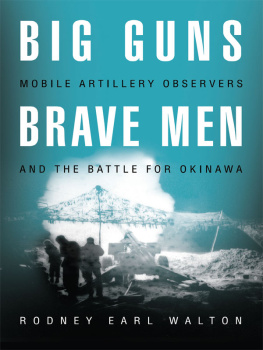

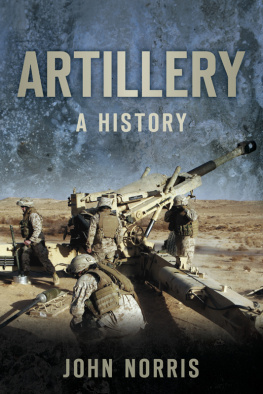
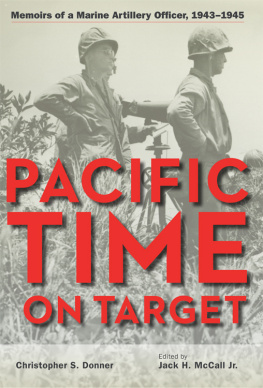
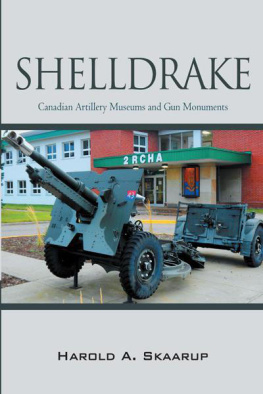
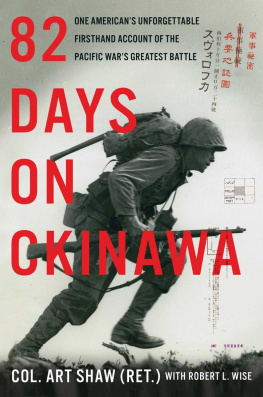
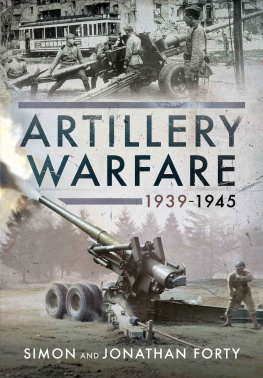
![Mark R. Gilmore - Artillery Employment At The Battle Of Gettysburg [Illustrated Edition]](/uploads/posts/book/291131/thumbs/mark-r-gilmore-artillery-employment-at-the.jpg)
